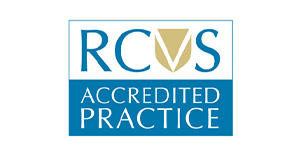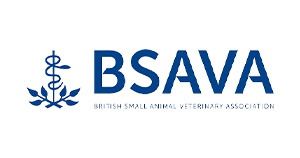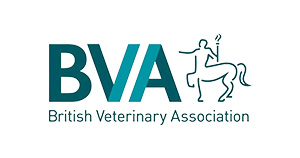Double Trouble: A Tale of Two Pyothoraxes
As a vet, every day is different and sometimes you can go a whole year without seeing certain conditions, but then suddenly encounter two cases of the same condition in one week. Chunk, a 6-month-old male Labrador, and Roxy, a 3-year-old female Maine Coon, came in one week after the other back in January, both presenting with similar signs.
Initial Presentations
Chunk presented first with increased breathing efforts and panting. He had also been seen five days earlier for right hindlimb lameness. Roxy similarly showed breathing difficulties and panting—the latter being much more concerning in cats than in dogs. Both patients were found to have a temperature on examination.
Diagnostic Imaging and Findings
In Chunk’s case, X-rays of both his chest and abdomen were performed. These revealed the presence of air surrounding his lungs—a condition called pneumothorax. This prevents the lungs from inflating properly, leading to the breathing difficulties.
Air can accumulate around the lungs in two ways:
- A hole or rupture within normal lung tissue, allowing air to escape internally
- A wound on the skin that penetrates into the chest
As no external wound was seen in Chunk, it was presumed that there was a hole within the normal internal lung tissue. A needle attached to a one-way valve was inserted into the chest to remove the air—approximately 500 ml in total. Chunk’s breathing improved significantly.
However, repeat X-rays the following day showed significant fluid accumulation around the lungs instead of air. This fluid was drained in a similar manner to the air, and it was found to represent infection—diagnosed as a pyothorax (infection in the chest cavity).
Underlying Causes and Species Differences
In Chunk’s case, the most likely explanation for this, with him being a young and exuberant puppy, was inhalation of a foreign object (such as a grass seed). This would have caused the initial lung puncture (pneumothorax), followed by secondary infection (pyothorax). Pyothorax can often be managed with repeated chest drainage and antibiotics, with surgical removal of the foreign body considered if it doesn’t break down naturally.
In dogs, fluid accumulation around the lungs is uncommon, so X-rays are usually the preferred imaging method for assessing breathing issues as they allow assessment of the whole lung fields.
In contrast, fluid around the lungs in cats is more common, usually due to underlying heart disease. Open-mouth breathing in cats is a sign of severe respiratory distress. Cats presenting with breathing difficulties often have an ultrasound scanner placed on the chest rather than an X-ray, as it requires minimal sedation and stress. In Roxy’s case, ultrasound revealed flocculant fluid rather than the clear fluid typically seen in heart failure. Roxy had the fluid drained in the same way as Chunk and hers was also found to be a pyothorax (infection around the lung).
Cats are far less likely to inhale foreign bodies than dogs. Instead, a pyothorax in a cat is more commonly the result of a cat fight. Infections often occur when another cat’s claw or tooth penetrates the chest wall.
Treatment and Recovery
Despite the likely difference in causes, both Chunk and Roxy were managed similarly:
- Chest drain placed under general anaesthesia to allow repeated drainage.
- Regular flushing with sterile saline via the chest drain.
- Intravenous antibiotics whilst they were admitted with us (Chunk also received antibiotics injected directly into his chest drain)
Over the following days, both patients responded well to their treatment. They were discharged with oral antibiotics, each adjusted based on the lab’s culture results from the drained fluid. Chunk and Roxy’s chest drains were removed once minimal infected fluid was withdrawn over a 24-hour period.
After completing their antibiotic courses, there was no recurrence of symptoms. In Chunk’s case, this strongly suggests that any foreign material had been broken down and removed by the body.
Conclusion
Both Chunk and Roxy made full recoveries and are now back to their normal selves. These cases serve as a reminder that timely diagnostics, species-specific approaches and attentive care can together lead to excellent outcomes and recovery.


Author –











